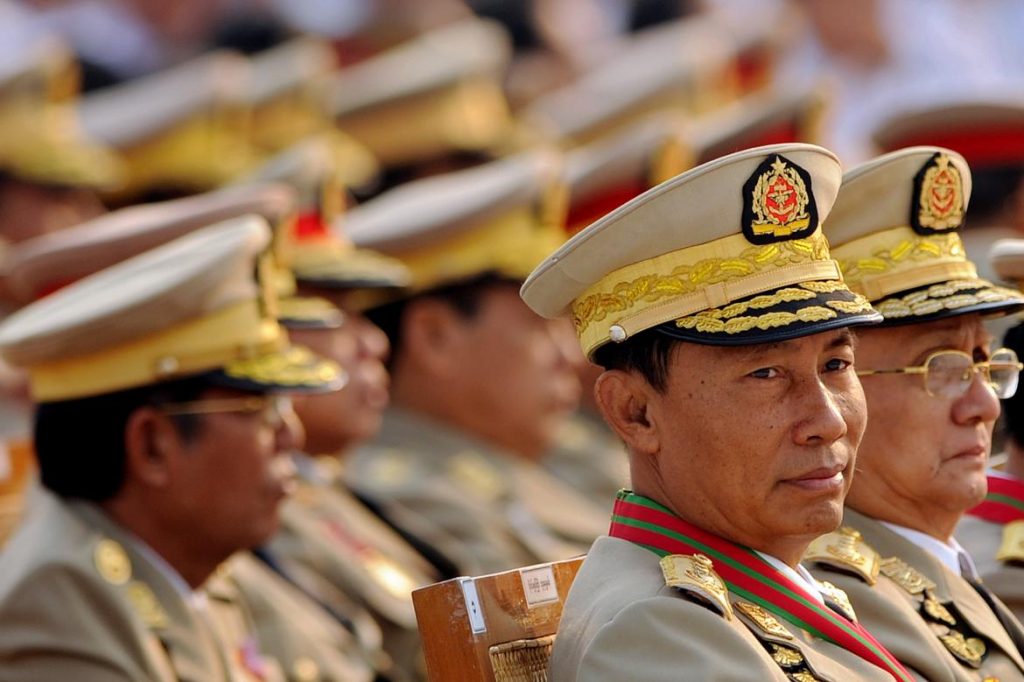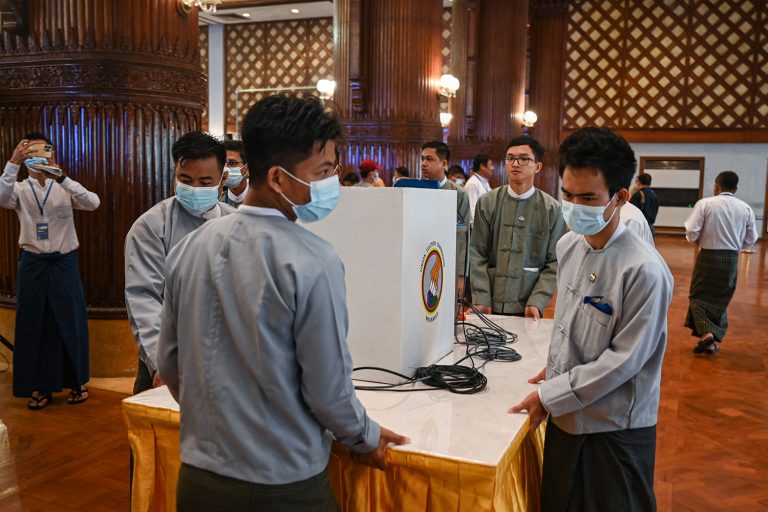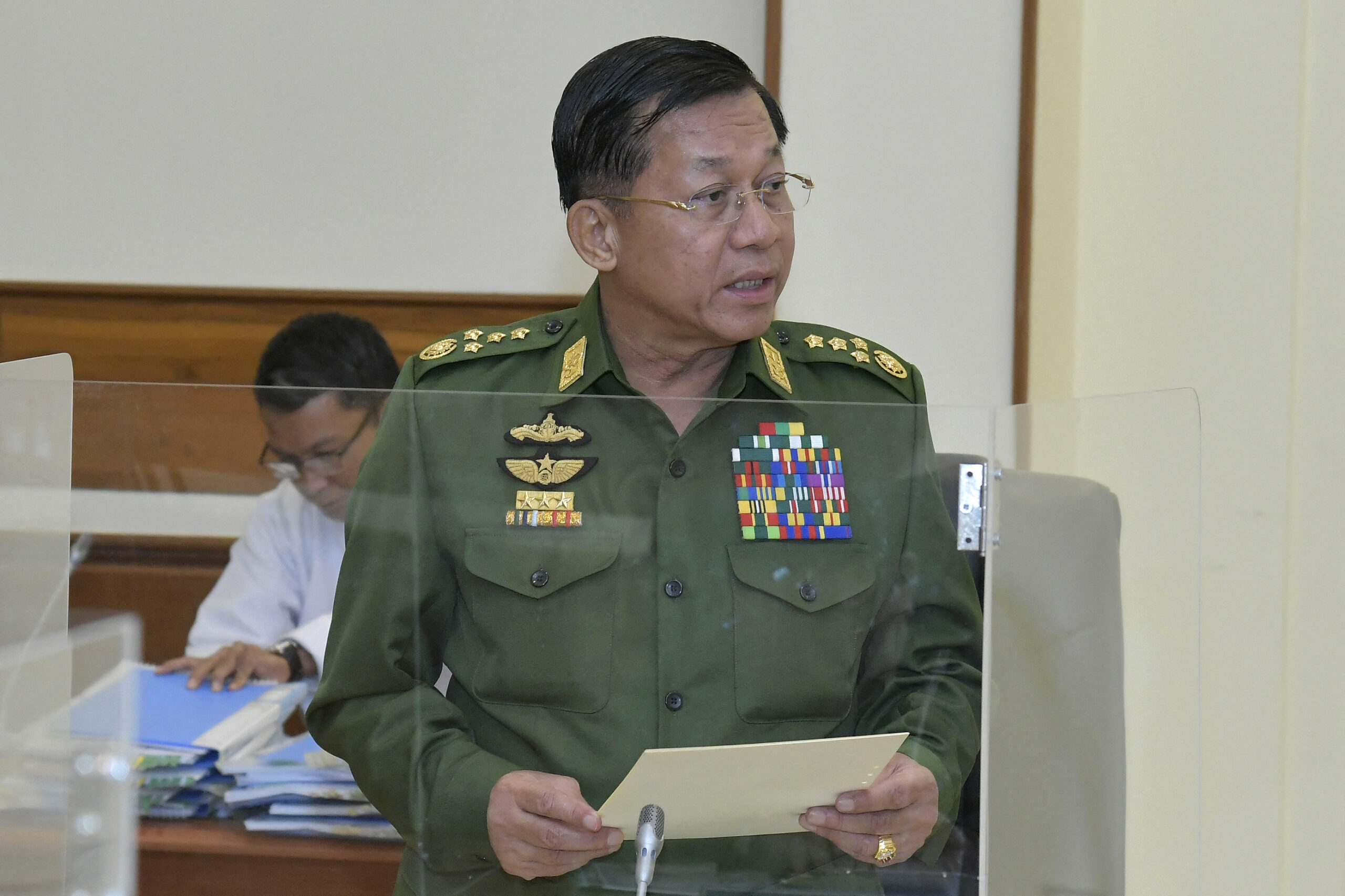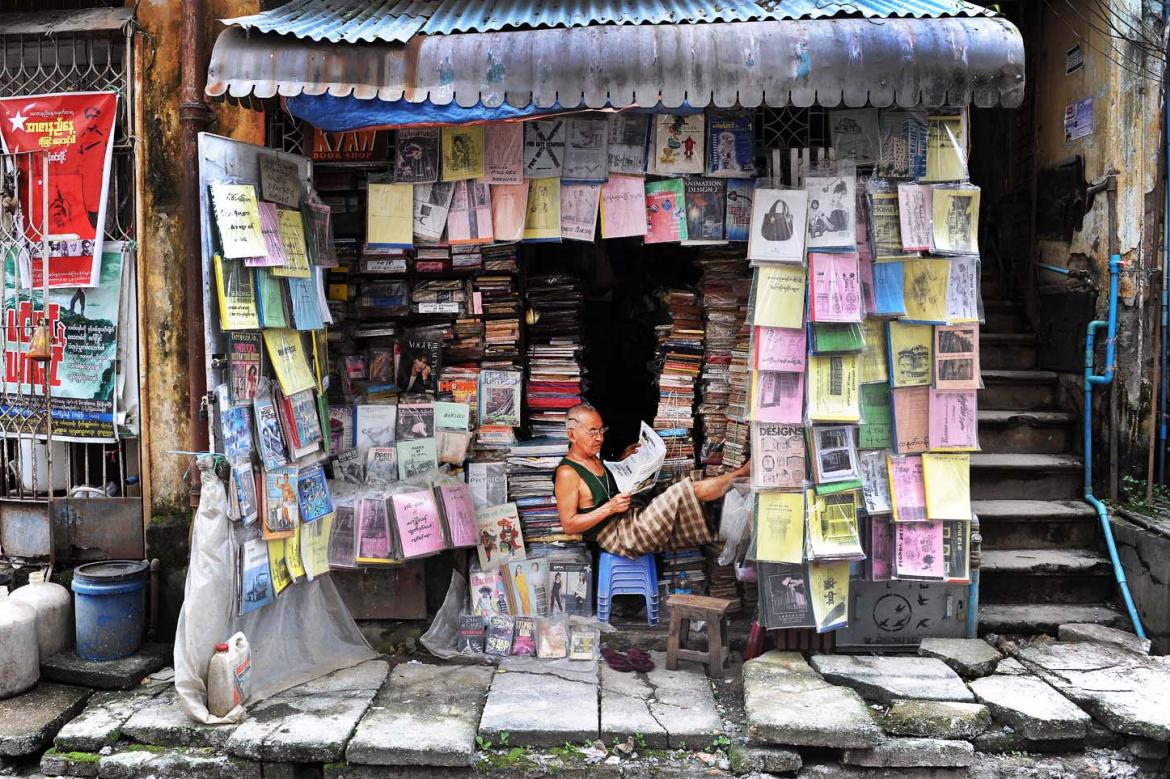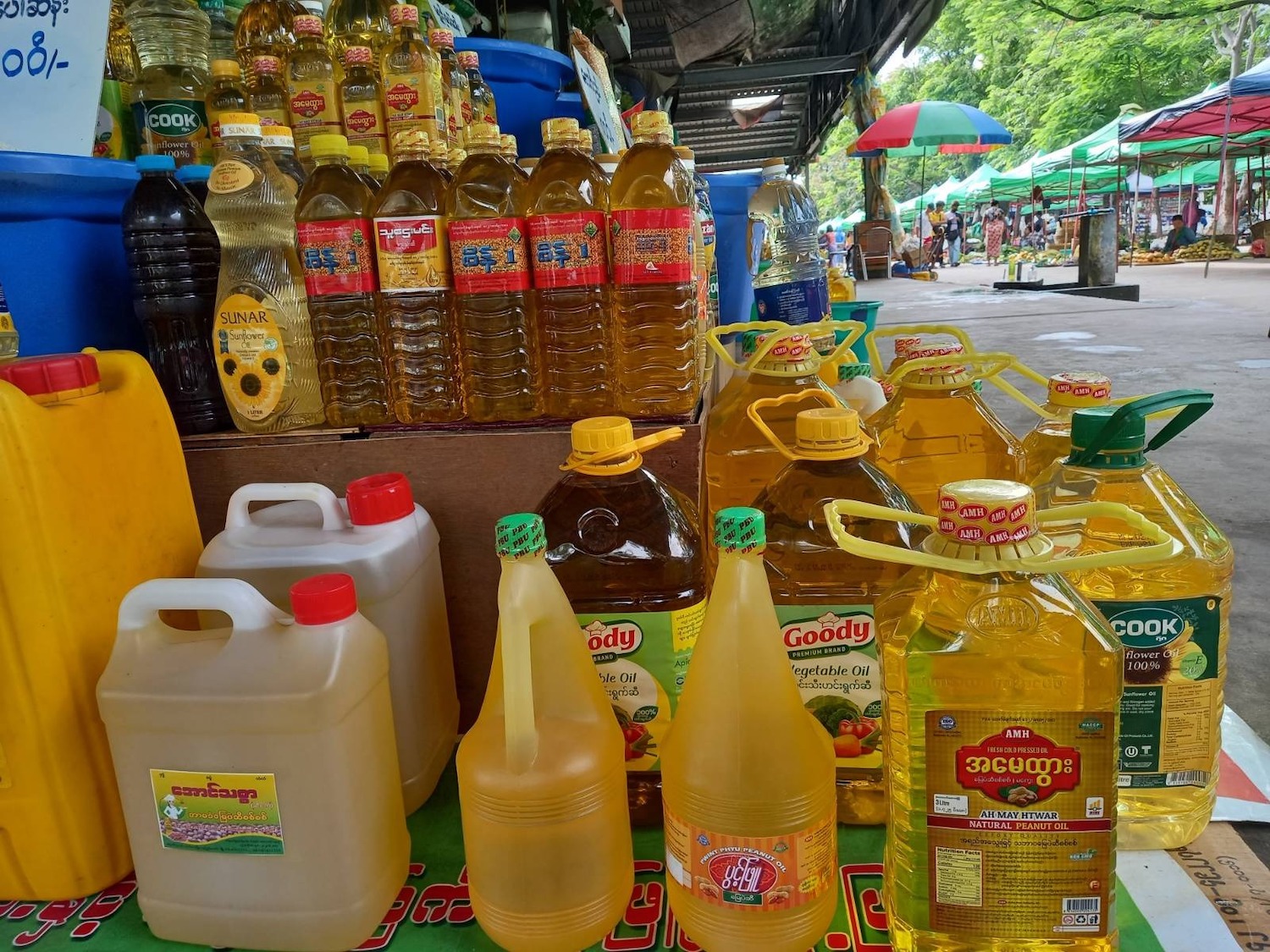The far-reaching leadership changes in the Union Solidarity and Development Party at its recent conference were the last act of a bitter factional drama as it prepares for a new test at the ballot box.
By SITHU AUNG MYINT | FRONTIER
The military-backed Union Solidarity and Development Party recently held its first conference since losing power following the National League for Democracy’s landslide victory in last November’s elections.
The conference, from August 22 to 24, did not produce any changes in the USDP’s policies but was notable for a sweeping reshuffle at the top of the party that saw many members of its powerful central executive committee replaced by newcomers.
The changes have significant implications for the party, but the key question is whether the new leadership can achieve success at the ballot box.
Some background is necessary to understand why the USDP made the difficult decision to replace almost its entire leadership.
Support more independent journalism like this. Sign up to be a Frontier member.
The USDP emerged from the Union Solidarity and Development Association, a mass organisation formed in 1992 and headed by State Law and Order Restoration Council leader Senior General Than Shwe and other top Tatmadaw officers. The aim was to use the USDA to promote the policies and activities of the junta (which changed its name to the State Peace and Development Council in 1997).
The USDA was transformed into the USDP to contest the flawed 2010 election as part of a strategy to ensure that the Tatmadaw retained its grip on power for years. The strategy’s main objective was to achieve parliamentary dominance so that elected former generals and the un-elected military bloc could choose a president and form a government.
Cracks in the strategy began to appear after the 2010 election. Before withdrawing from the stage, Than Shwe had chosen Thein Sein to serve as president, Thura Shwe Mann to be speaker of the Hluttaw, and then Min Aung Hlaing as commander-in-chief – all serving or recently retired generals. The strategy assumed that the USDP would win last year’s election after which, with the Tatmadaw’s approval, MPs would re-elect Thein Sein for a second term or elect the recently retired commander-in-chief as president.
In his assigned role as speaker of the Pyithu Hlutttaw, Shwe Mann was able to begin maneuvering to achieve his long-known ambition to become president and a split emerged in the ranks of the USDP between him and Thein Sein.
Shwe Mann had a tactical advantage in advancing his ambition because the military-drafted 2008 Constitution stipulated that those in government could not be involved in party matters. This gave Shwe Mann a free hand to undertake party organisational work with his factional supporters. Most USDP MPs supported Shwe Mann because they hoped to be appointed cabinet members after he became president.
A major obstacle in Shwe Mann’s path was the constitution and the fierce determination of the Tatmadaw to resist amending the document that ensured its grip on power. Shwe Mann wanted to amend clauses in the constitution that would have provided for the Tatmadaw to be under the control of the USDP rather than the party being under the influence of the military leadership.
Had the constitution been amended according to Shwe Mann’s wishes, it would not be possible for generals to be directly appointed as president, vice-present or to ministerial roles. They would first have to resign from service and contest and win elections to be appointed to the presidency or the government.
Shwe Mann’s plan infuriated the Tatmadaw and the factional rift worsened. On one side was Shwe Mann and his USDP supporters in the Hluttaw and on the other was President Thein Sein and the Tatmadaw leadership.
The dispute came to a head last August. As party chairman, Shwe Mann had control of the selection of election candidates. A USDP news conference in Nay Pyi Taw on August 12 was told that Thein Sein would not be among the party’s candidates. The response came within hours. During a midnight meeting at USDP headquarters in the capital, Shwe Mann was ousted as party chairman in a putsch that saw his factional supporters also removed from leading positions in the party.
Despite Thein Sein and his supporters regaining control of the party, they were well aware that most members of its central executive and central committees were factional supporters of Shwe Mann. A minor reshuffle at last month’s party conference, at which Thein Sein unexpectedly relinquished the chairmanship, would not have resolved the factional rift. The reshuffle was aimed at providing the final solution to the factional conflict.
It is too soon to say if the newly organised USDP will attract public support. An important test will come early next year, when there will be by-elections to fill vacancies arising from MPs being appointed to government. The by-elections will show how much voter support there is for the party headed by former generals and backed by the Tatmadaw.


